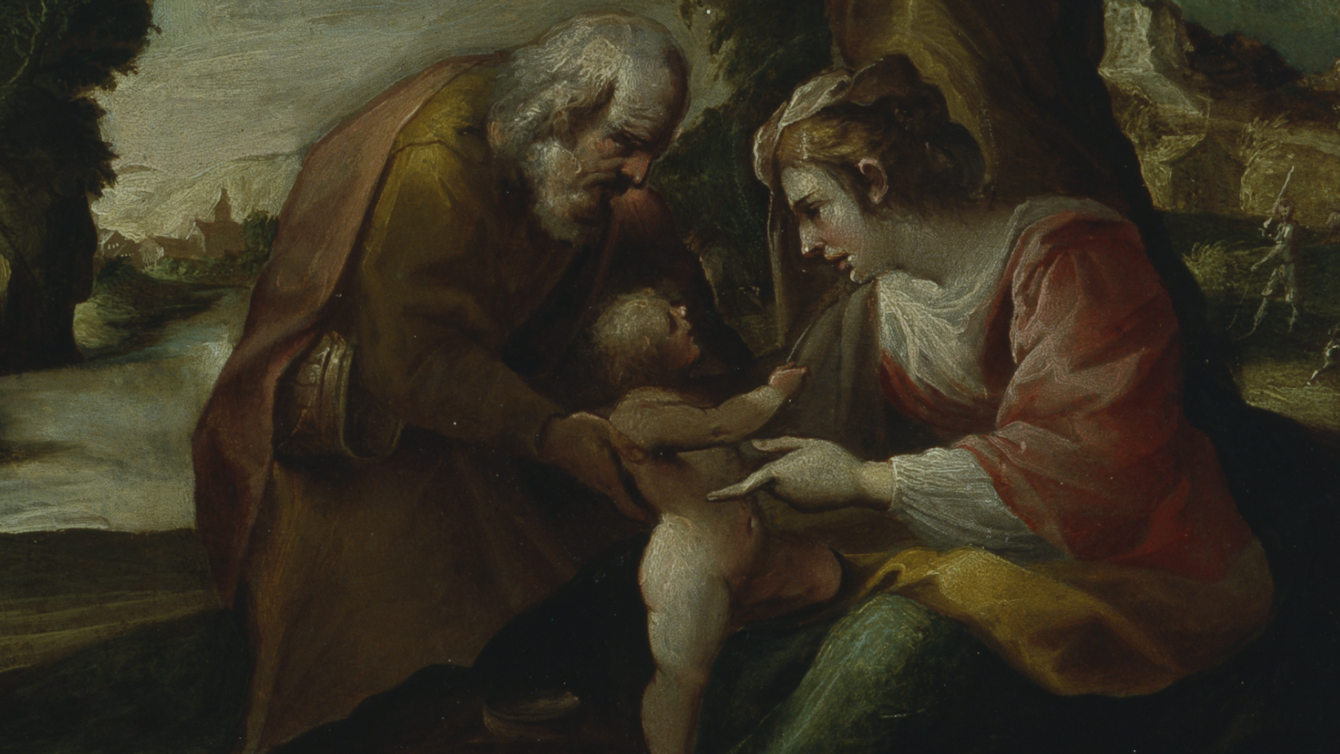
- Diese Veranstaltung hat bereits stattgefunden.
Alte Galerie – Timeless Wonder: Art, Nature and Painting on Stone | Vortrag
Dienstag, 28. Mai von 18:00 bis 20:00

Dienstag, 28. Mai 2024, 18:00 Uhr, Alte Galerie – Schloss Eggenberg
Shortly before the Sack of Rome of 1527, Sebastiano del Piombo invented, or perhaps rediscovered, the technique of painting on stone. In the wake of this event, stone became popular as a support. Seen as indestructible, it was used for many altarpieces in Rome, until the rapid deterioration of those around the tomb of St. Peter’s proved beyond doubt its fragility.
Even though Sebastiano tried to keep the technique secret, many painters imitated him, producing also small precious works, initially all on slate and mostly portraits. Later Jacopo Bassano used the dark tonality of slate to evoke night in small narrative scene used for devotional purposes. In the late Cinquecento the fashion started to change: many collectors became interested in owning veined stones whose natural appearance suggested landscapes, or more rarely figures, often interpreted as miraculous. Soon after, painters such as Antonio Tempesta or Sigmund Leier, begun to paint on alabaster, pietra paesina, lapis lazuli and amethyst, creating works where their brushstrokes competed with nature itself.
Far from being an inert support, stone contributed to the appearance of these pictures and deeply shaped their meaning. The interaction between painters and stone carvers was fundamental to the finished appearance of these works. Eventually, at least in Rome, jewellers and ebonists became responsible for producing small paintings on stone surrounded by elaborated frames in silver, wood and precious stones which became more important and much more expensive than the paintings themselves.
Zusatzinformationen: Dieser Vortrag findet auf Englisch statt.
Die Vortragende: Dr. Patrizia Cavazzini
Research Fellow at the British School at Rome, Advisor to the American Academy and a member of the scientific committee of the Galleria Borghese.
Bild © Meldolla Andrea, Ruhe auf der Flucht, Öl auf Stein, Inv.-Nr. 632
Foto: UMJ / N. Lackner
Für KulturpassbesitzerInnen ist der Eintritt unentgeltlich. In jenen Kultureinrichtungen, die über begrenzte Sitzplätze verfügen, sind in der Regel Kontingente für KulturpassbesitzerInnen vorgesehen. Der/die KulturpassbesitzerIn kann bzw. muss reservieren.
